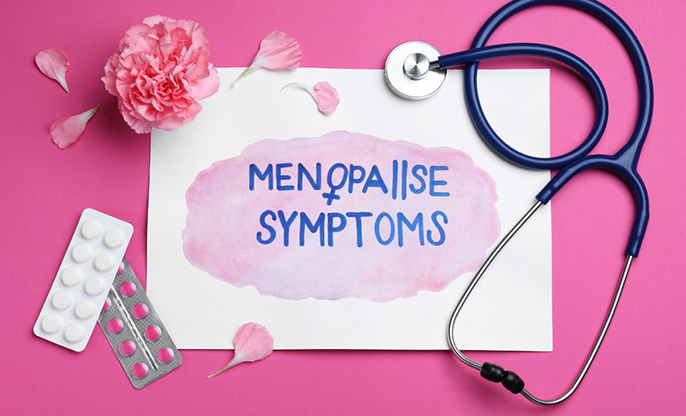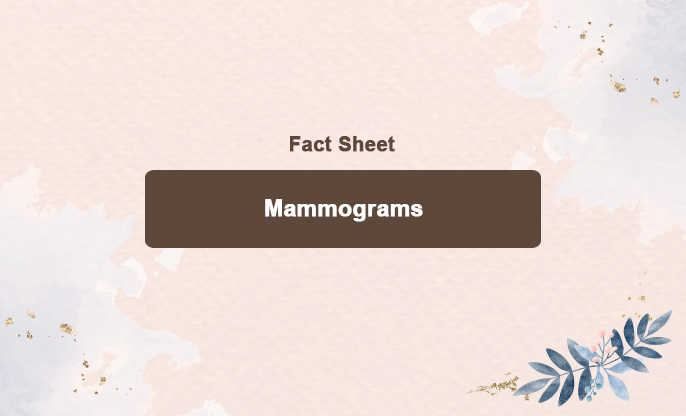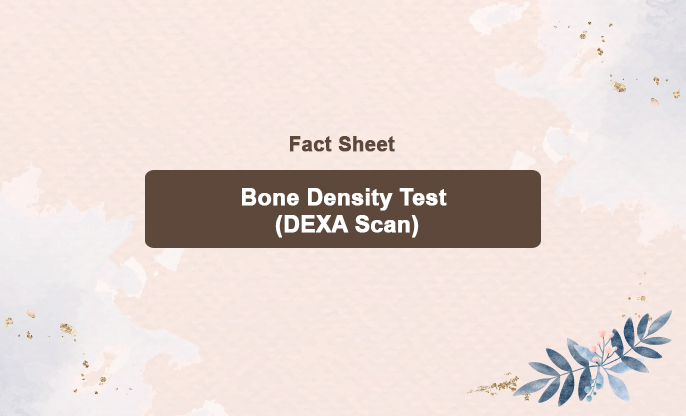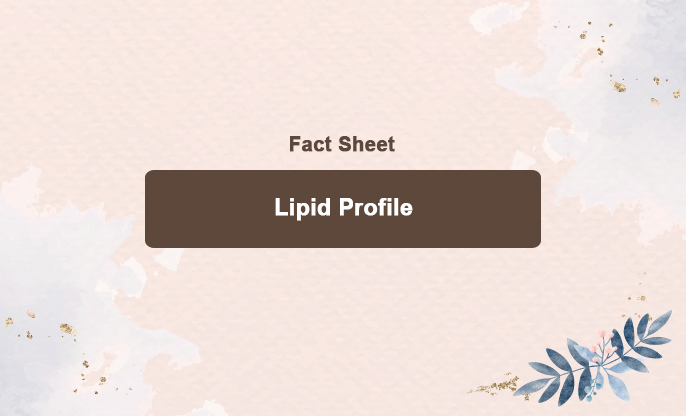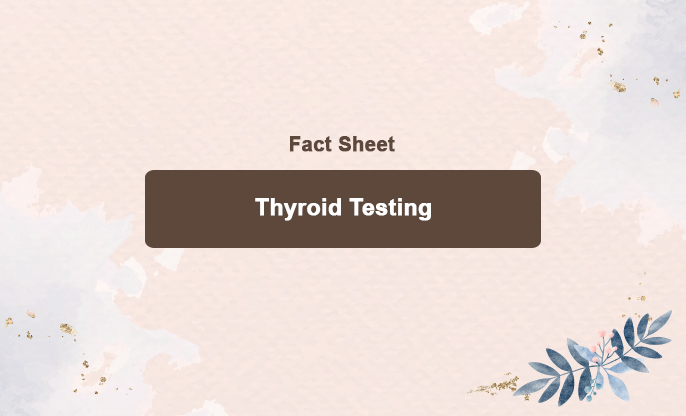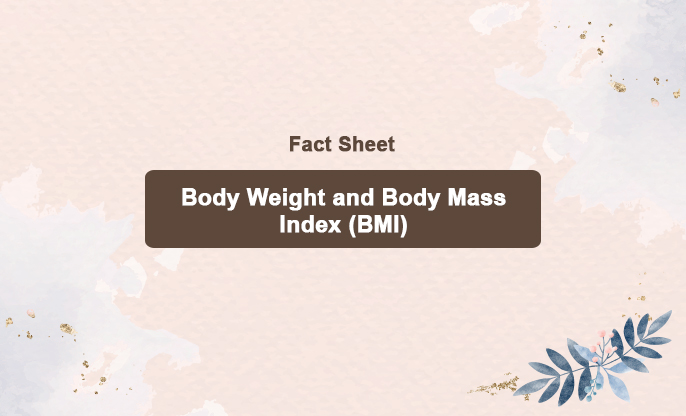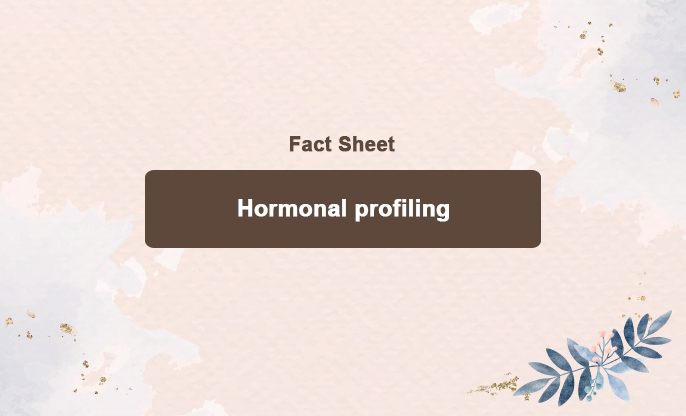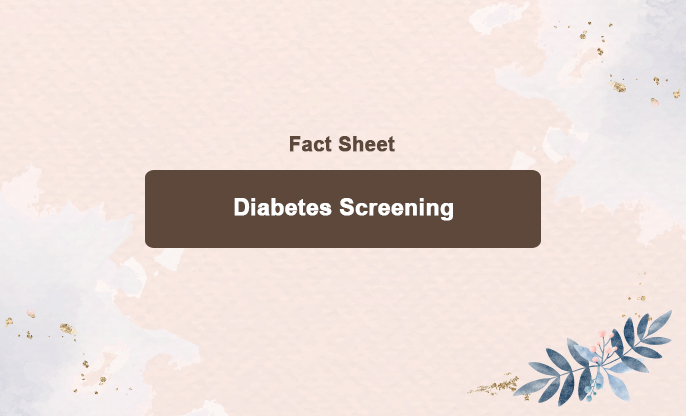
What is this test?
Diabetes screening tests help detect prediabetes and diabetes early, allowing for timely intervention and management. Here are the primary tests used for diabetes screening:
1. Fasting Plasma Glucose (FPG) Test
Purpose: Measures blood glucose levels after fasting for at least 8 hours.
Procedure: Blood sample taken after overnight fasting.
2. Hemoglobin A1c (HbA1c) Test
Purpose: Measures the average blood glucose levels over the past 2-3 months.
Procedure: Blood sample taken at any time; no fasting required.
3. Oral Glucose Tolerance Test (OGTT)
Purpose: Measures blood glucose levels before and after consuming a sugary drink.
Procedure:
Fasting blood sample taken first.
Drink a glucose solution.
Blood samples taken at intervals (usually at 1 and 2 hours after drinking).
4. Random Plasma Glucose Test
Purpose: Measures blood glucose levels at any time, regardless of when you last ate.
Procedure: Blood sample taken at any time.
How is it done?
All the diabetes screening tests involve healthcare professionals who will draw a blood sample from a vein in your arm. Just the process before the blood is drawn differs, for some tests fasting is required while for other fasting is not required or blood is taken after some fixed interval of time after eating.
When should it be done?
The frequency of diabetes screening tests depends on individual risk factors, age, and health conditions. Here are general guidelines for different groups:
General Population:
Adults Aged 45 and Older:
Frequency: Every 3 years if the results are normal.
More Frequent Screening: If initial screening results indicate prediabetes, annual screening is recommended.
Children and Adolescents:
Overweight (BMI > 85th percentile) and have additional risk factors:
Frequency: Every 2 years starting at age 10 or puberty onset, whichever occurs earlier.
Pregnant Women:
Screening for Gestational Diabetes:
Frequency: Between 24 and 28 weeks of gestation. Earlier screening may be recommended for women with high-risk factors.
Individuals with Prediabetes:
Annual Screening: If diagnosed with prediabetes (HbA1c of 5.7% to 6.4%, FPG of 100-125 mg/dL, or OGTT of 140-199 mg/dL), screening should be done annually.
Individuals with Diagnosed Diabetes:
Regular Monitoring: Once diagnosed with diabetes, regular monitoring of blood glucose levels as recommended by your healthcare provider is essential. This includes HbA1c tests typically every 3 to 6 months to assess how well blood sugar levels are being managed.
What do the results indicate or eliminate?
1. Fasting Plasma Glucose (FPG) Test
Normal: Less than 100 mg/dL.
Prediabetes: 100-125 mg/dL.
Diabetes: 126 mg/dL or higher on two separate tests.
2. Hemoglobin A1c (HbA1c) Test
Normal: Below 5.7%.
Prediabetes: 5.7% to 6.4%.
Diabetes: 6.5% or higher on two separate tests.
3. Oral Glucose Tolerance Test (OGTT)
Normal: Less than 140 mg/dL at 2 hours.
Prediabetes: 140-199 mg/dL at 2 hours.
Diabetes: 200 mg/dL or higher at 2 hours.
4. Random Plasma Glucose Test
Diabetes: 200 mg/dL or higher, along with symptoms of diabetes (e.g., increased thirst, frequent urination).








